Architecture Roundup — December 2024: Deconstructivism, Neo‑Futurism & Classics
December on Macklowe Art & Architecture focused on bold moves and lasting craft. You’ll find two strong takes on deconstructivism, a pair of pieces on neo‑futurism, and fresh looks at Byzantine, Art Nouveau, mid‑century modern and colonial architecture. Each post aims to explain why these styles matter and how they show up in real buildings and interiors.
What stood out this month
Deconstructivism got the spotlight with two posts that push the same idea from different angles. One article celebrates the chaos — asymmetry, fragmentation and unpredictability — and uses icons like Gehry’s Guggenheim to show how those elements change how we move through space. The other takes a broader view, tracing the history and mechanics of the style, so you can see how designers bend rules rather than break them.
Neo‑futurism also appeared twice. One piece explores its visual language — fluid shapes, biomorphic forms, and tech-driven surfaces — and suggests simple ways to use those cues in concept sketches or installations. The other looks at sustainability and user-centered design, showing how futuristic aesthetics can pair with eco-friendly systems to make buildings both striking and practical.
Historic threads run through several posts. Two Byzantine articles dig into domes, mosaics, and sacred spatial logic. They explain construction choices and symbolic visuals, making it easier to spot Byzantine influences in churches and modern reinterpretations. Art Nouveau got a focused look too, with clear examples of where organic lines and decorative detail still inform façades and interiors today.
For everyday design inspiration, you’ll find a practical mid‑century modern piece with simple tips for layouts, materials and furniture choices that still work. The colonial architecture article maps how European design left lasting marks on city planning and heritage buildings, and it highlights preservation challenges you can spot on a walking tour.
Quick takeaways you can use
If you sketch or design: try a deconstructivist exercise — break a simple form into unexpected parts and test how people move through the gaps. If you plan interiors: use mid‑century principles to keep spaces functional and uncluttered, then add one neo‑futurist accent piece for contrast. If you study history: compare Byzantine spatial logic with modern sacred spaces to see recurring solutions for light and scale.
Each post this month balances visual ideas with practical notes. Read the features for history and context, try the quick tips for hands‑on experimentation, and use the style comparisons to sharpen your eye. If one theme grabs you, start with that article and follow the links — the month’s posts are designed to build on each other, not repeat the same points.
Want a curated path? Start with the deconstructivism overview, then contrast it with the neo‑futurism pieces. Finish with a Byzantine or Art Nouveau article to see how past and future meet in today’s architecture.
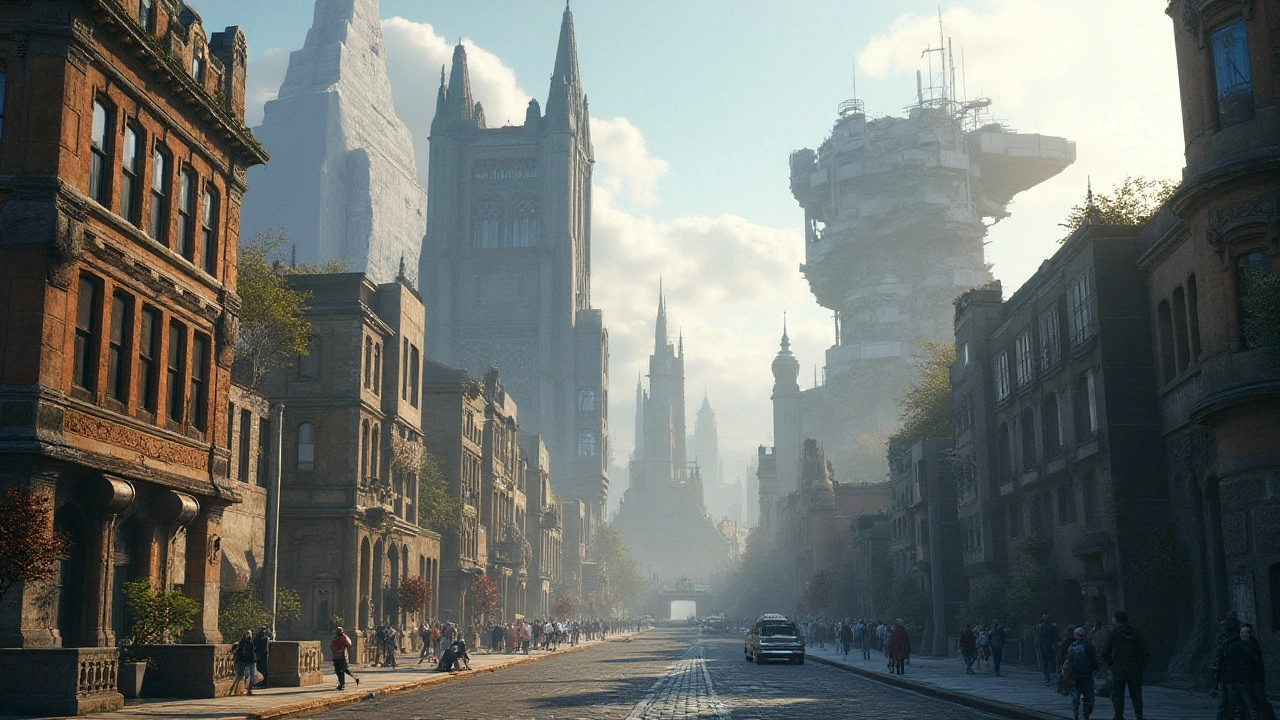
Embracing Deconstructivism: Unleashing Architectural Chaos
Deconstructivism challenges traditional architectural norms by celebrating disarray and fragmentation. This movement emerged in the late 20th century as architects sought to break free from conventional forms and embrace unpredictability. It highlights the beauty found in asymmetry and non-linear designs, with iconic structures like Frank Gehry's Guggenheim Museum exemplifying its principles. Understanding deconstructivism offers insights into how it reshapes our definition of space and design.
Read more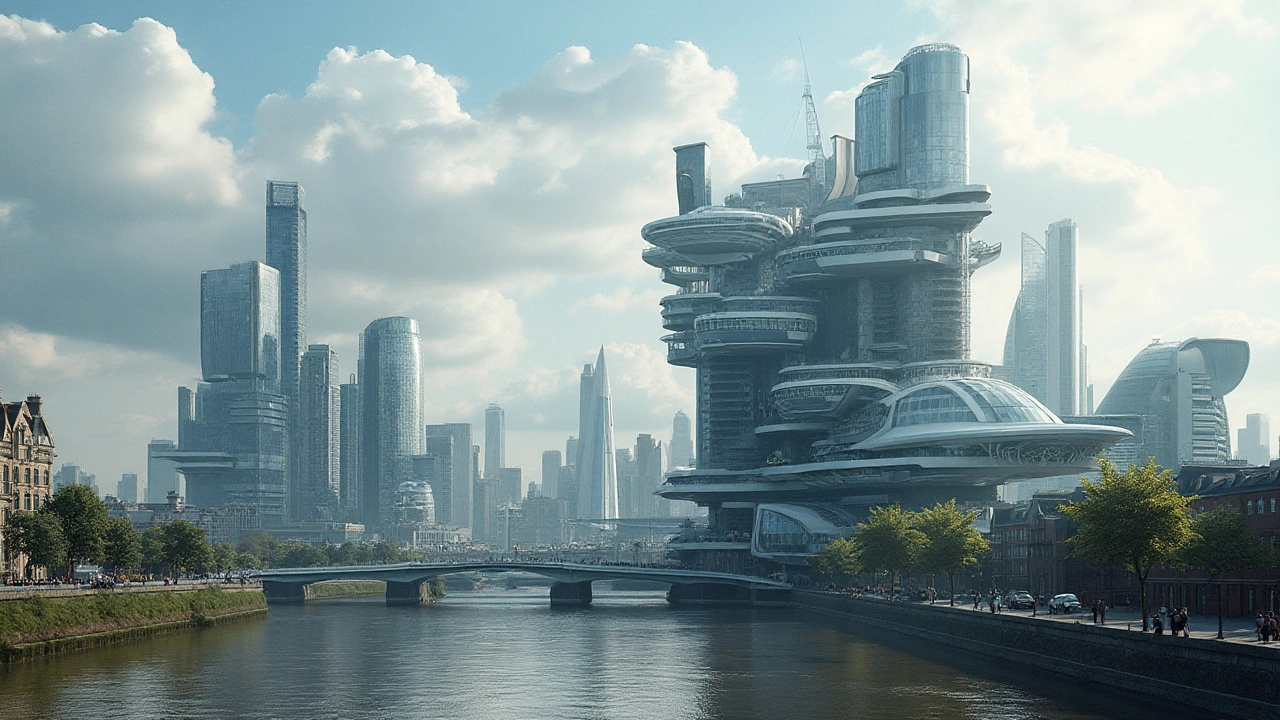
Deconstructivism: Exploring New Dimensions in Architectural Design
Deconstructivism is reshaping the architectural landscape by introducing a radical approach that defies traditional norms. This architectural style embraces fragmentation and unpredictability, challenging conventional structures and aesthetics. As architects push boundaries, deconstructivism offers an innovative perspective on how buildings can exist within their environments. This article delves into the history, principles, and impact of deconstructivism, offering insights into its ongoing influence on modern architectural design.
Read more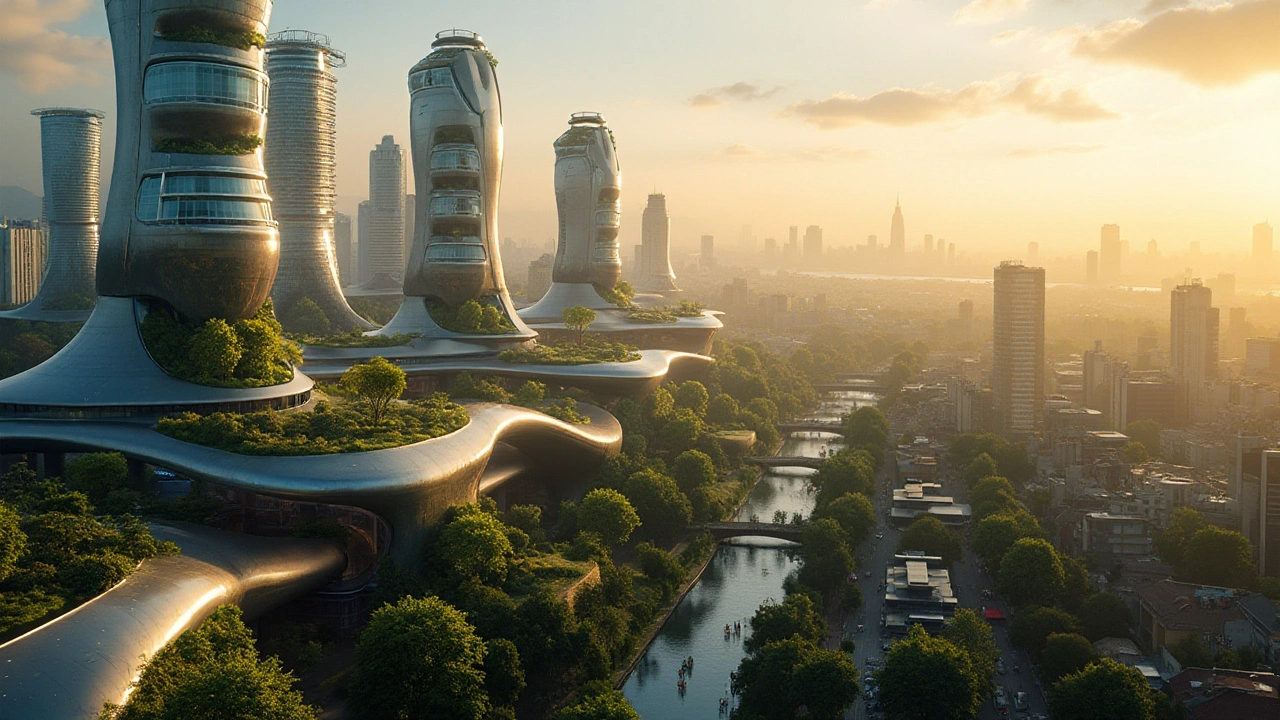
Neo-Futurism Creativity: Pioneering Tomorrow's Artistic Landscape
Neo-Futurism, an architectural and visual arts movement, merges high-tech and futuristic elements with groundbreaking design concepts. It represents the vision of an era characterized by fluidity, biomorphic forms, and sustainable technologies. This article explores the movement's principles, its influence on modern creativity, and its potential to reshape artistic practices. Discover tips on integrating neo-futuristic themes in creative projects.
Read more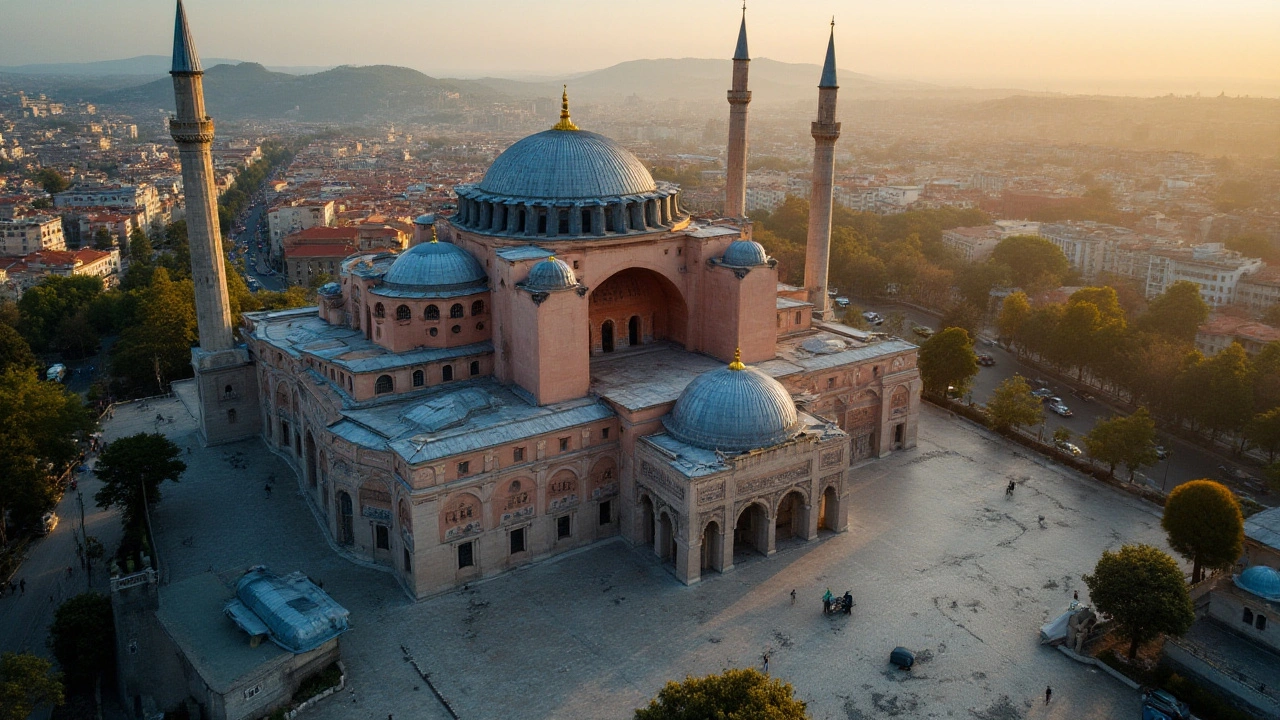
Exploring Byzantine Architecture: A Journey Through Ancient Artistry
Dive into the mesmerizing world of Byzantine architecture, a blend of art and engineering that flourished in the Eastern Roman Empire. Learn how this architectural style transformed iconic structures with grand domes and ornate mosaics, influencing generations to come. From the awe-inspiring Hagia Sophia to the hidden gems across Europe and the Middle East, appreciate the rich heritage and craftsmanship of Byzantine architects. Understand its key elements and the historical significance it holds even today.
Read more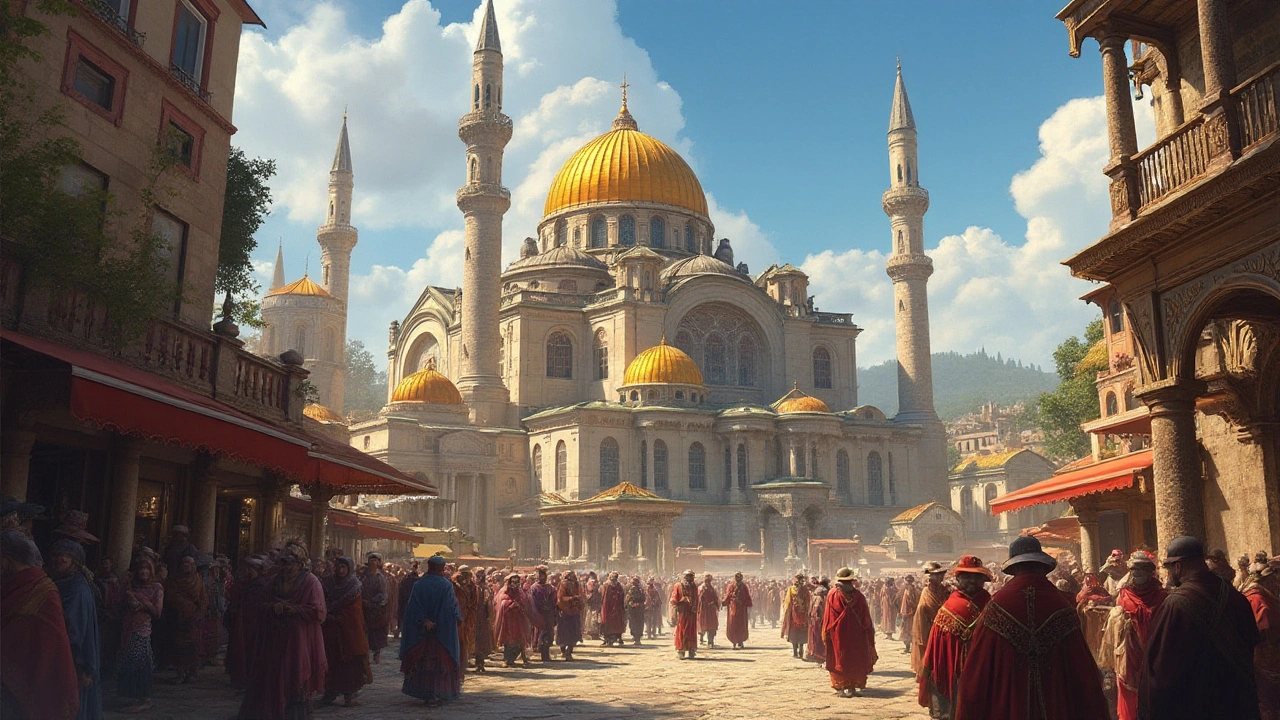
Exploring Byzantine Architecture: Fusion of Art and Sacred Space
Byzantine architecture is a unique blend of art and spirituality that emerged from the Roman Empire, primarily during its Eastern period. Known for its majestic domes and intricate mosaics, this architectural style reflects the intersection of divine inspiration and aesthetic expression. It incorporated innovative engineering techniques, contributing to its lasting legacy in religious and cultural edifices. The influence of Byzantine design can be seen in modern architecture, where its principles continue to inspire architects today.
Read more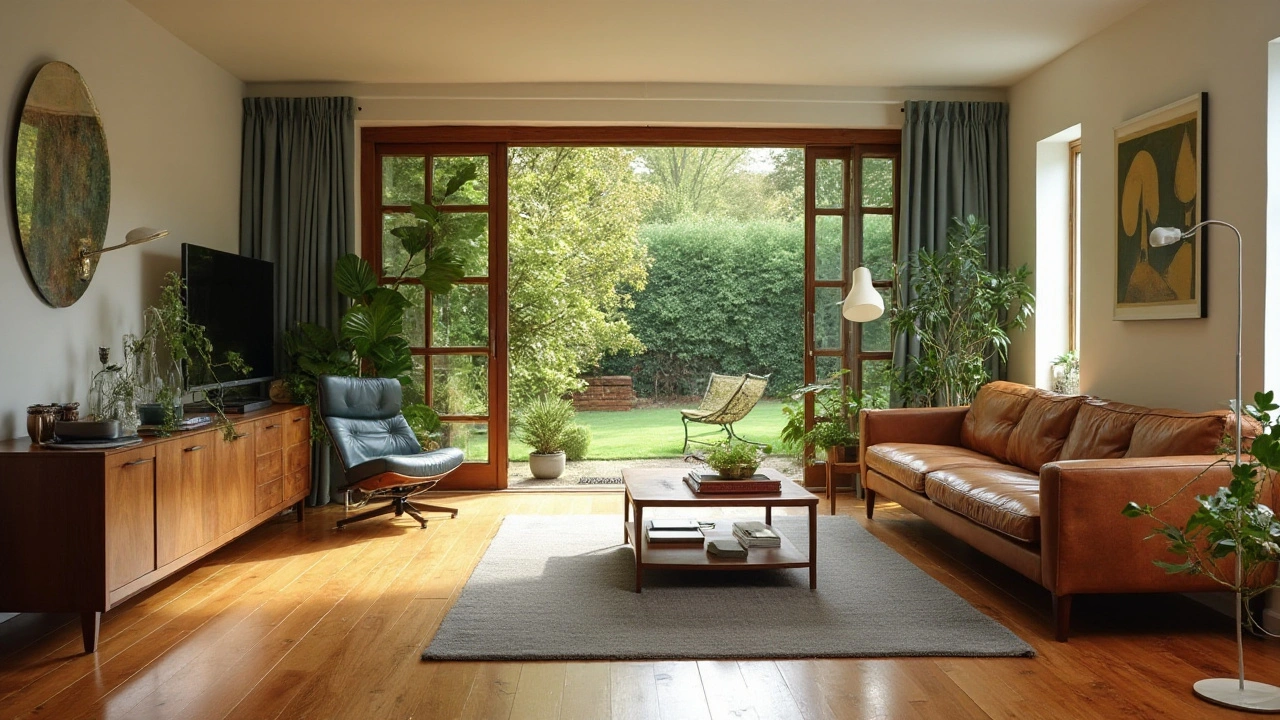
Timeless Allure of Mid-Century Modern Interiors
Mid-century modern design stands the test of time with its balance of function and style. Emerging during the mid-20th century, this design movement is characterized by simple forms, organic influences, and integration with nature. It places a strong emphasis on functionality, using wood, metal, and glass to create sleek lines and uncluttered spaces. Mid-century modern continues to charm homeowners and designers alike, providing practical yet stylish solutions for contemporary living spaces.
Read more
Art Nouveau Architecture: Revolutionizing Design with Whimsy and Elegance
Art Nouveau emerged at the turn of the 20th century as a bold design movement, marrying elegance with natural forms in an era when architecture was undergoing transformative change. Characterized by intricate details, organic forms, and unique curves, this style became a hallmark of creativity across Europe and beyond. The movement challenged conventional architecture, leaving behind iconic landmarks. This exploration delves into Art Nouveau's roots, its groundbreaking elements, and its enduring impact on modern design.
Read moreColonial Architecture's Role in Shaping Iconic Historical Cities
Colonial architecture stands as a testament to the influence of European design on the cities of the world, leaving a legacy that persists in the urban landscape. These structures not only reflect the cultural exchanges of the past but also shape the character and identity of the cities they inhabit. From the bustling streets of Mumbai to the serene avenues of Charleston, colonial architecture highlights a unique blend of tradition and modernity. Understanding its characteristics, significance, and preservation challenges can enrich our appreciation of these historical marvels.
Read more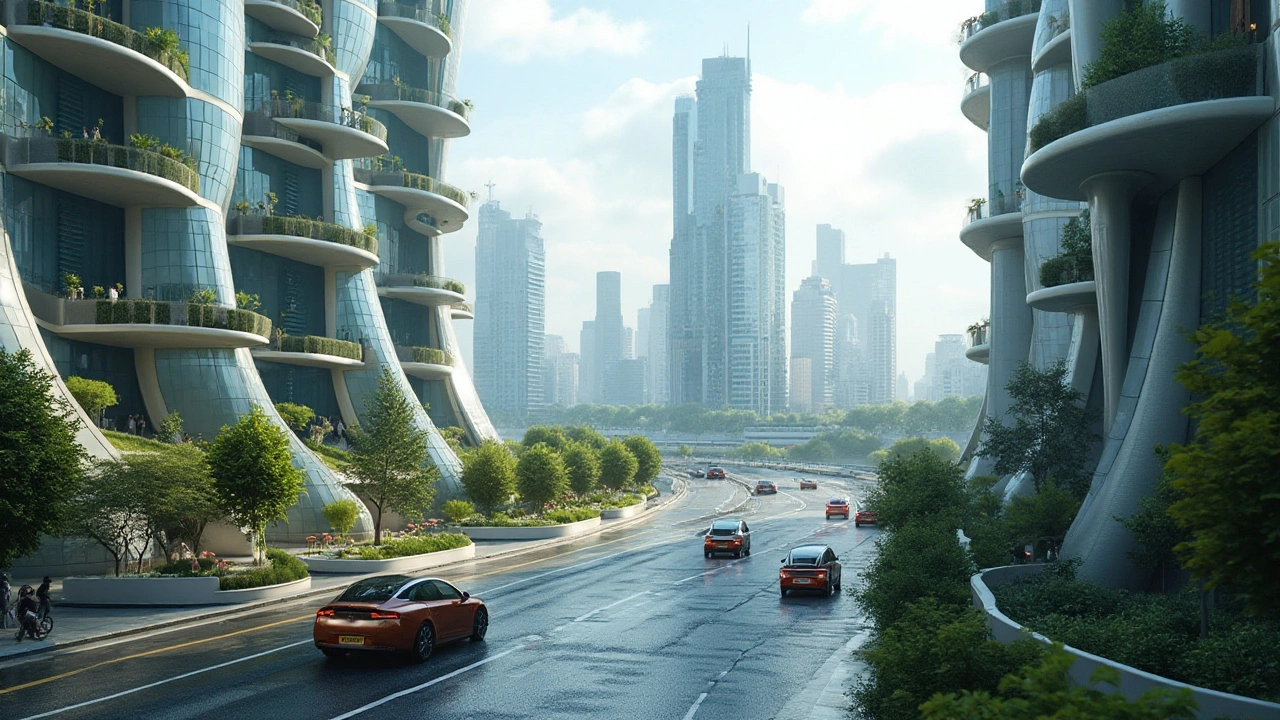
Exploring Neo-Futurism in Modern Art and Architecture
Neo-Futurism represents a bold departure from traditional aesthetics, embracing the latest technology and innovative ideas to shape the future of art and architecture. This movement seeks to integrate sustainability and sleek design, often characterized by its dynamic forms and intricate detailing. By prioritizing ecological harmony and human-centered design, Neo-Futurism paves the way for urban environments that are both functional and inspiring. The movement challenges conventional thinking, inviting architects and artists to envision possibilities that extend beyond the present constraints. Discover how these visionary designs are redefining built environments and aesthetic values.
Read more